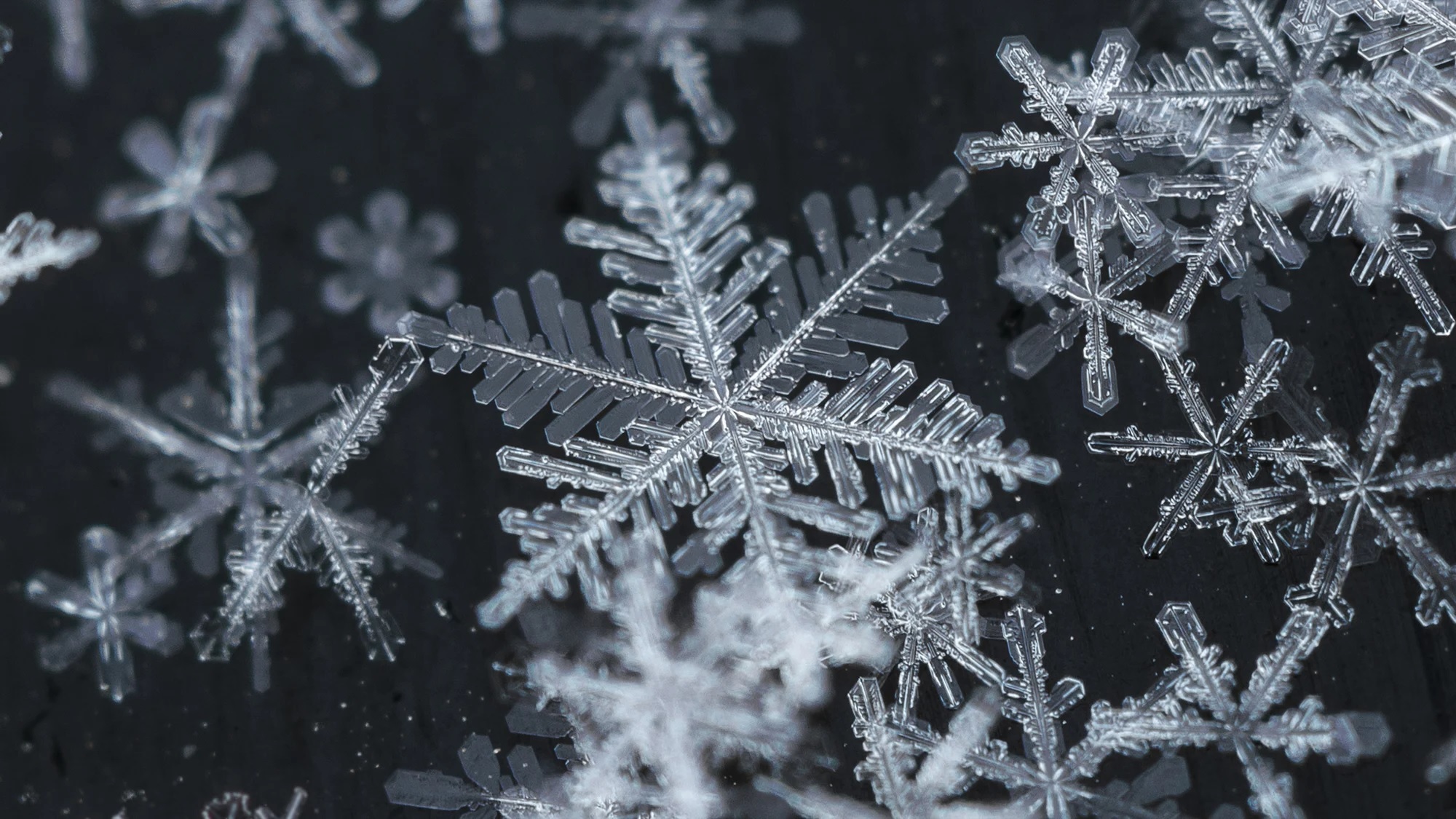
Snow is more than just frozen water falling from the sky. It's a magical part of winter that brings joy, fun, and wonder to kids everywhere. But did you know there are some really cool facts about snow that might surprise you? For example, did you know that no two snowflakes are exactly alike? Or that snow can actually be different colors? Snow isn't just white; it can be red, green, or even blue! Whether you're building a snowman, having a snowball fight, or just watching it fall, there's a lot to learn about this frosty phenomenon. Let's dive into some amazing facts about snow that will make you see it in a whole new light!
What is Snow?
Snow is a fascinating natural phenomenon that captivates kids and adults alike. It's not just frozen water; it's a world of wonder. Let's dive into some cool facts about snow!
-
Snowflakes are Unique: No two snowflakes are exactly alike. Each one forms in a unique pattern due to the different paths they take through the clouds.
-
Snow is Translucent: Snow appears white, but it's actually translucent. The light that hits the snow scatters in all directions, making it look white to our eyes.
How Snow Forms
Understanding how snow forms can make winter even more magical. Here are some interesting details about the formation of snow.
-
Starts as Ice Crystals: Snow begins as tiny ice crystals in clouds. When the temperature is low enough, these crystals stick together to form snowflakes.
-
Needs Dust Particles: For snowflakes to form, they need a nucleus. Dust particles in the atmosphere often serve as the core around which ice crystals gather.
Types of Snow
Not all snow is the same. Different conditions create different types of snow, each with its own characteristics.
-
Powder Snow: This is the fluffy, light snow that skiers and snowboarders love. It forms when temperatures are very low, and the snowflakes don't stick together much.
-
Wet Snow: This type of snow is heavy and sticky, perfect for making snowballs and snowmen. It forms when temperatures are close to freezing.
Snow in Nature
Snow plays a crucial role in nature, affecting everything from animals to plants. Here are some ways snow impacts the natural world.
-
Insulates the Ground: Snow acts like a blanket, insulating the ground and protecting plants and animals from extreme cold.
-
Provides Water: When snow melts, it provides essential water for rivers, lakes, and reservoirs. This is especially important in regions that rely on snowmelt for their water supply.
Fun Snow Facts
Snow isn't just important; it's also fun! Here are some fun facts that will make you appreciate snow even more.
-
Snow Can Be Different Colors: While snow is usually white, it can appear in other colors. Algae can turn snow pink or red, a phenomenon known as "watermelon snow."
-
Record Snowfall: The world record for the most snowfall in a single year is held by Mount Baker in Washington State, which received 1,140 inches of snow during the 1998-1999 season.
Snow and Culture
Snow has a significant place in various cultures around the world. Let's explore some cultural aspects of snow.
-
Snow Festivals: Many countries celebrate snow with festivals. For example, the Sapporo Snow Festival in Japan features massive snow sculptures and attracts millions of visitors.
-
Snow Myths: Different cultures have myths and legends about snow. In some Native American tribes, snow is believed to be the result of a snow god shaking his blanket.
Snow's Magic in a Nutshell
Snow isn't just cold and white; it's a world of wonder. From snowflakes' unique designs to the record-breaking snowfalls, there's so much to learn. Kids can marvel at how snow can be both fun and dangerous, making snowmen or learning about avalanches. It's fascinating how animals adapt to snowy environments, like the Arctic fox with its warm fur. Even the science behind snow is cool, with water vapor turning into ice crystals in the sky.
Snow days bring joy, but they also remind us of nature's power. Whether you're sledding down a hill or reading about the biggest snowstorms, snow has a way of capturing our imagination. So next time it snows, remember these facts and enjoy the magic that each snowflake brings. Stay curious, and keep exploring the wonders of snow!
Was this page helpful?
Our commitment to delivering trustworthy and engaging content is at the heart of what we do. Each fact on our site is contributed by real users like you, bringing a wealth of diverse insights and information. To ensure the highest standards of accuracy and reliability, our dedicated editors meticulously review each submission. This process guarantees that the facts we share are not only fascinating but also credible. Trust in our commitment to quality and authenticity as you explore and learn with us.


